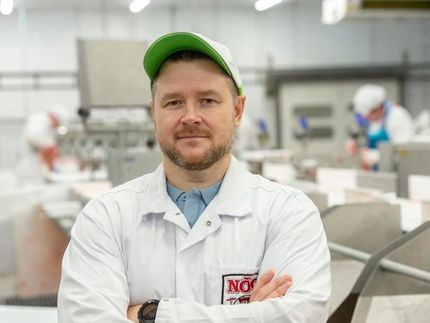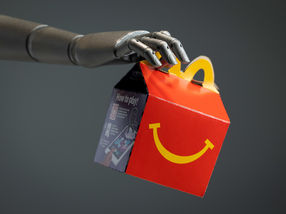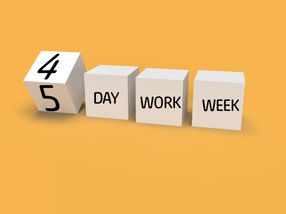Work in the year 2050
How will digitalisation, artificial intelligence and robotics change the world of work? This question was discussed by numerous experts from business and academia at the “Global Talent Summit” before an audience of more than 300 in the Audi Max room at ETH Zurich.
“What will the world look like in 2050? Nobody knows, but progress in science and technology, notably in cyber-physical systems, presents many opportunities, but also inevitable challenges,” said ETH President Lino Guzzella in his welcome address to a packed Audi Max last Saturday. Nevertheless, ETH Zurich ventured a glance into the future with the “Global Talent Summit”, with Guzzella going on to say that the role of universities is to continually adapt to new methods of research, teaching and learning in order to meet the needs of society and prepare the next generation for the future.
Consequences for society and education
In cooperation with the specialist American publisher Diplomatic Courier, the university had invited about 20 experts to discuss the various dimensions of the changing world of work in the era of automation. As well as looking at the technical possibilities, the discussion focused on societal changes and the consequences for education and work. “Everyone wants a great job,” explained Ana C. Rold, Editor-in-Chief of the Diplomatic Courier. But how might this look if robots take on more and more tasks? And what would be the consequences for the world we live in?
Are robots taking over our work?
In the author and scientist Robin Hanson’s vision of the future, which he describes in his book The Age of EM, the majority of work is performed by robotic emulations of the most talented humans. For people living in this increasingly densely populated world, where nature is displaced by cities, all that remains to them is leisure activities. Hanson’s book is based on extensive data and a series of extrapolations.
The other panellists took a less drastic view in the forum on the economic, social and political dimension. “I have a positive image of the future,” explained Antoinette Poschung, Managing Director at Credit Suisse, although she admits that the “sharing economy” in particular will pose new challenges for the future. Duane Dickson, Vice Chairman of Deloitte, thinks that greater interdisciplinarity, cooperation and increasingly specialised technical knowledge will be important factors in order to remain in demand on the labour market. On the other hand, Lauren Maffeo, Content Editor at Gartner Digital Markets, referred to the possibilities that new technologies open up for people with disabilities, for example.
Merging the virtual world with reality
The talks and discussions at the forum on the technological dimension also highlighted the huge opportunities that intelligent machines present. A presentation by ETH professor Bob Sumner was met with great enthusiasm from the audience. The Associate Director of Disney Research in Zurich gave a live demonstration of how drawings in two-dimensional colouring books or paintings can be converted into animated three-dimensional figures using a special app. Unlike previous concepts, where the person enters a virtual reality using special glasses, Sumner wants to bring virtual elements into our world in order to enable interaction and boost creativity.
Technology as an aid to people
On the other hand, the head of Google Research Europe, Emmanuel Mogenet, provided some insights into the topic of “intelligent machines”. He said that machines are particularly good at turning large quantities of unstructured information into usable data, but so far they lack intuition and experience of the world. Machines therefore now need to learn how to learn.
In principle, the experts taking part in the discussion continue to see machines as an aid to people. In their prognosis, the talented and well educated in particular can and will use these new aids to their advantage. James Hodson, CEO of the AI for Good Foundation, raised the question of whether the existing education system provides adequate support to talented individuals. The enthusiastic audience asked critical questions about how people with less education could be integrated into society in the future.
Vint Cerf, Google’s Chief Internet Evangelist, gave one possible answer to this in his video message to the day’s closing forum, which addressed the topic of education. According to Cerf, the technology and machines of the future will need not only people to develop them but also to repair and maintain them. “Everyone has abilities that someone else doesn’t,” added Saul Garlick, founder and CEO of Unleesh. With appropriately structured training, he said, everyone can learn new things at any time in their life. Moreover, Garlick favours virtual learning environments and has developed the “Labster” laboratory simulator. Manu Kapur, an ETH professor in the research field of higher STEM education, also spoke in favour of an education system that allows failure. He refers to this concept as “productive failure”, as people learn more sustainably from mistakes than from the correct solution.































































